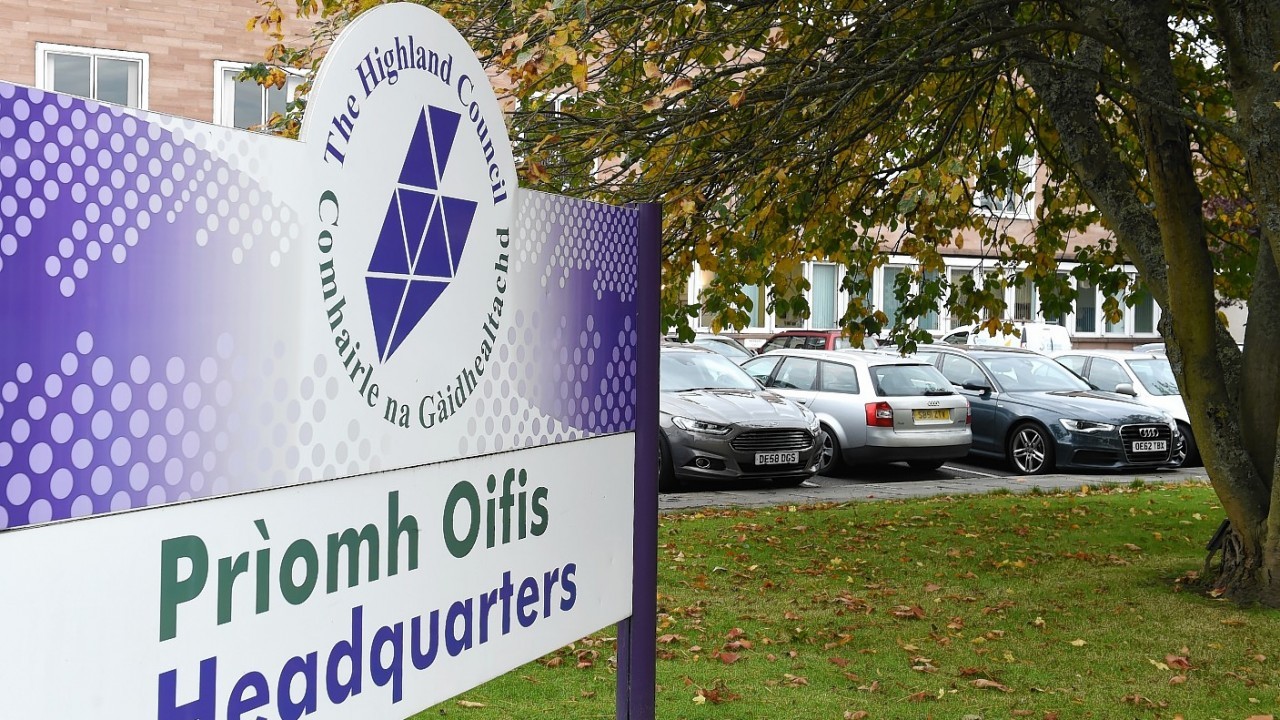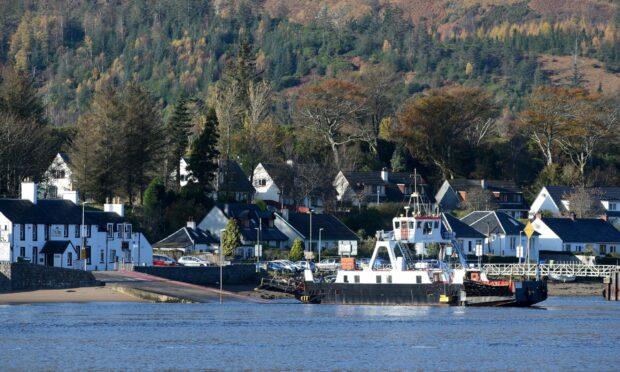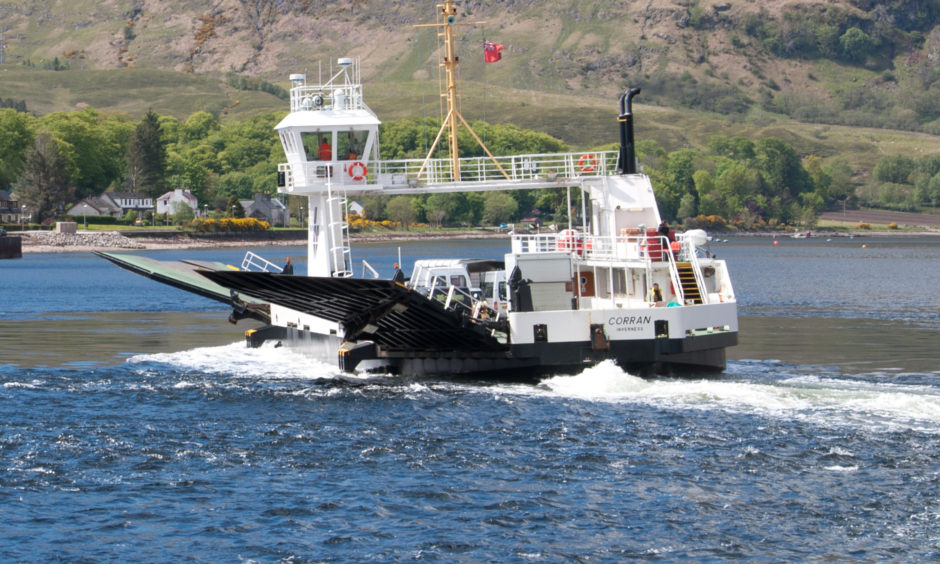Highland Council’s economy committee will this week consider the business case for a £68.7 million investment in the ‘lifeline’ Corran Ferry.
It follows years of concerns over the capacity and reliability of the service.
With 30,000 crossings every year, the service connecting communities on either side of Loch Linnhe is the busiest single vessel route in Scotland.
However, its two vessels have had their day. The Maid of Glencoul is 47 years old and too small to meet demand at peak times. The second vessel – Corran – is already 22 and the waiting list for new vessels is currently sitting at up to five years.
Highland Council says that without investment, the “lifeline service” will fail.
As such, it’s asking members of the economy committee to agree the outline business case for two brand new vessels and shoreside infrastructure improvements.
If agreed, the project total could exceed £68.7 million.
What is needed?
Stantec’s outline business case follows years of discussions with government, stakeholders, investors and the local community.
Finally, it has provided two preferred options, and ultimately these both involve new ferries and onshore facilities.
Initially, Highland Council explored whether it could transfer responsibility for the Corran Ferry to Transport Scotland. However, it has ruled that option out for the short to medium term and also ruled out private sector involvement.
Instead, the council will continue to run the service itself. It’s working with Caledonian Marine Assets Limited (CMAL) – the Scottish Government’s marine assets company – on a vessel replacement programme.
The aim is to move away from having one main vessel ‘shuttling’ back and forth towards having two vessels in constant operation.
Highland Council now has two options. The first, to build a large, fully electric vessel and keep MV Corran as a second relief vessel. Or secondly, to replace both ferries now, with two large electric vessels.
The Stantec report concludes that option two would not cost significantly more, but would help the council meet its decarbonisation goals at an earlier stage.
Who will fund it?
The council report includes outline figures prepared by CMAL and civil engineers Wallace Stone. It suggests that two new electric vessels will cost £37 million, with an extra £20 million for shoreside infrastructure.
Highland Council say this is essential in enhancing safety and managing traffic at peak times, preventing vehicles from spilling out onto the A82.
Add in various fees plus a healthy £7.2 million projected price inflation, and the total Corran Ferry investment comes in at £68.7 million.
 However, the accompanying report to economy committee confirms that there’s no funding in place. While the council’s capital programme emphasises the importance of the Corran Ferry, it doesn’t include any investment.
However, the accompanying report to economy committee confirms that there’s no funding in place. While the council’s capital programme emphasises the importance of the Corran Ferry, it doesn’t include any investment.
Instead, the council says it’s working with both the UK and Scottish governments to identify funding.
If external funding can be found, the two new electric vessels could launch by the end of 2026.
Are you interested in more exclusive and breaking Highland and Islands news from the P&J? If so, why not join our dedicated Facebook page HERE


Conversation